Blog Details
A Guide to Seikos New Releases
July 1, 2024
Seiko introduced an abundance of new models in the past few months alone. Here is a look at those releases.

Seiko is known for barraging customers with releases. In the last year, the brand has updated several of its most admired collections and added entirely new models. The Japanese watchmaker also has a reputation for excellent quality at affordable prices. However, the increased retail prices of its new models threaten that status. Whether or not the marginal improvements in the releases' specifications justify the noticeable price hikes is up for debate. What is clear is that the brand is following the path of most established Swiss brands as they steadily move upmarket.
Propex 1965 Heritage Diver's Watch

The 62MAS is Seiko's first and most famous dive watch. In the last decade, the brand has released several recreations of the 1965 design, including the recent Prospex SPB143. In March, Seiko introduced three new references: the blue-dial SPB451, black-dial SPB453, and limited-edition gilt-dial SPB455. The updated models include several refinements to the SPB143. The case is now more compact, measuring 40 by 13mm instead of 40.5 by 13.3mm; the water resistance has risen from 200 to 300m; the date window is now color-matched to the dial and has been discreetly repositioned to 4:30; and the 6R55 caliber replaces the 6R35, providing an additional two hours of power. Of course, these improvements come at a cost: the two non-limited editions will retail for $1,300, $100 more than their predecessor. It will soon become clear that this sort of price increase accompanies all of Seiko's new releases.
Prospex Marinemaster

Seiko first released the Marinemaster in 1999 as a higher-end diver. The brand recently discontinued the model, only to reintroduce it in November 2023 with the release of three new versions: the limited-edition white-dial SJE097, light blue SJE099, and black SJE101. In June, Seiko added two more colors to the collection. The SJE117 features a greenish gray dial and black bezel while the SJE119 is fully blue. Like the Prospex 1965 divers, the design of the Marinemaster pays homage to Seiko's first dive watch from 1965. The dial features wide lume plots, an embossed horizontal stripe pattern, and a circular date-window at 4:30. The case is also more compact than historical models, measuring 39.5mm across, 12.3mm tall, and 47.2mm from lug to lug. With this decreased size, water resistance has fallen from 300m to 200. Thankfully, the box-shaped crystal is still made of sapphire.
All of the new models house the slimline caliber 6L37, whose thinness helps make the new Marinemaster the thinnest dive watch Seiko offers. The caliber has an accuracy of -10/+15 seconds per day and, unlike many of the brand's movements, features a refined finish. For the first time in a Seiko diver, the movement is exhibited through a see-through caseback. Seiko also claims the 6L37 is more shock resistant and durable than the caliber 6L35, making it more suitable for diving purposes. Of course, these specs come at a price. The new Marinemasters retail for $2,800, a significant amount to pay for a Seiko diver.
Prospex "Samurai"
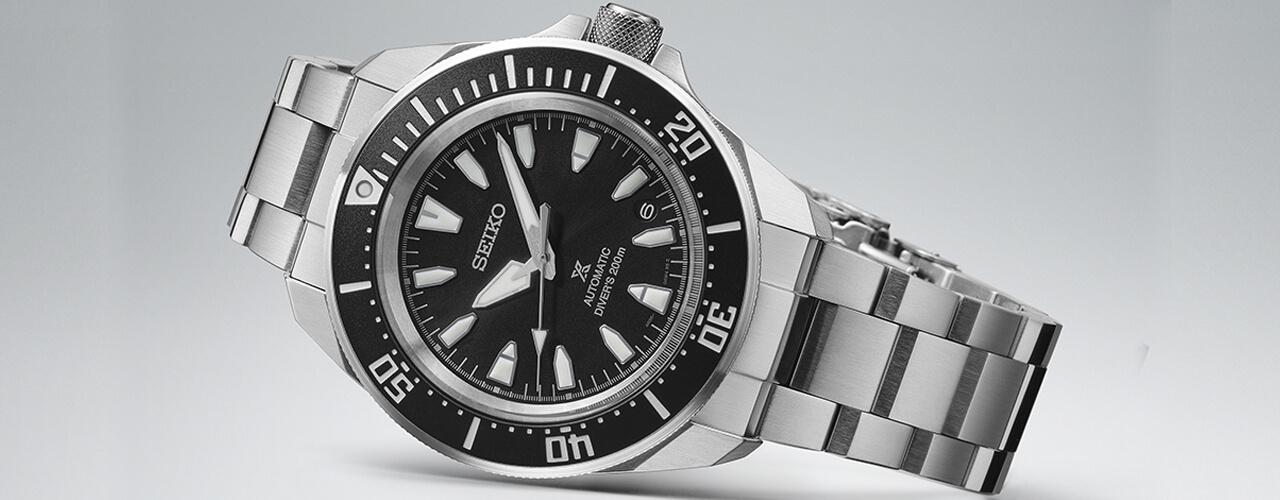
The Prospex Samurai is one of Seiko's many fan-favorite divers. In June, Seiko released three new versions of the model with several refinements in line with the brand's updates to its other dive watches. The new references are the red SRPL11, black SRPL13, and fully blacked-out SRPL15. Seiko has significantly decreased the case dimensions from 43.8 by 14mm to 41.7 by 12.3mm, though the larger size is still available. The watches also feature a new bracelet with a slightly modified link design. The dial received several updates as well; the rectangular hour markers have been swapped for pentagonal ones and the cardinal markers have grown smaller. Like those of the new Marinemasters and 1965 Divers, the date window has shrunk, lost its corners, and migrated from 3:00 to 4:30. The angular case, crown guards, aluminum bezel insert, caliber 4R35, 200m of water resistance, and Hardlex crystal of previous Samurai iterations remain the same. The three new watches will be available in July for around $575, a very modest price increase over the previous model.
King Seiko KS1969 Series

Like Grand Seiko, the King Seiko sub-brand was created by Seiko to offer the best of Japanese watchmaking when it was originally active between 1961 and 1975. The Japanese watchmaker decided to reintroduce the label in 2022 with a series of 37mm reissues of the 1965 KSK. Those models have an MSRP of $1,700. Retailing for $3,100, the new King Seiko KS1969 ventures into an even higher price territory. As the model name suggests, the KS1969 is inspired by a King Seiko watch from 1969: the 45KCM. The reinterpretation retains much of the 45KCM's charm thanks to the designers' loyalty to the original design.
The case retains its distinctive tonneau shape, recessed crown, and box-style crystal (thankfully sapphire in the reissue). Measuring 39.4mm by 9.9mm, the case is very wearable, even more so thanks to its compact lug-to-lug dimension of 43.6mm. The slimline automatic caliber 6135 inside offers a power reserve of 45 hours and an accuracy of +15/-10 seconds per day. While better than much of Seiko's modern offerings, that's a far cry from the original King Seiko chronometers. The case flows into a multi-link bracelet. Seiko's bracelets are a common source of complaint from collectors. This one is characteristically unimpressive, lacking both microadjustment and a quick-release mechanism.
Four new models will be available in July of 2024. The limited-edition SJE115 features a light-blue dial with a scale-like texture and celebrates the 100th anniversary of Seiko. The SJE109 has a simple silver dial while the SJE111 features a purple dial inspired by washi. Lastly, the green-dial SJE113 is differentiated by a soft gradient and shares the paper texture of the 111.
Seiko 5 Sports SNXS Series

The Seiko 5 Sports family has offered highly affordable watches for over six decades. Watch enthusiasts have long held the SNX Series in high regard; the sub-collection offered stylish all-rounders which could be acquired for as little as $100. In April, the Japanese watchmaker updated the series, introducing three "SNXS" references: the blue-dial SRPK87, black-dial SRPK89, and ivory-dial SRPK91. The new models include several improvements over historical Seiko 5 Sports SNX watches. Most importantly, the updated references swap the caliber 7S26 for the 4R36. Although the movement's 41-hour power reserve and -35/+45 s/d accuracy are unsurprising for the price, the 4R36 offers a stop-seconds function and hand-winding unlike the 7S26. The case retains its sleek shape and embedded crown at four o'clock, though the lugs are now brushed instead of fully polished and the water resistance is 100m instead of 30. The bracelet is also better, featuring a redesigned triple-folding clasp with a push-button release.
The design heavily relies on vintage elements, including a modest 37.4mm case diameter and nostalgic color palette. All three references feature faux-patina lume and bright orange seconds hands inspired by 1970s Seiko 5s. Of course, the dial retains the day and date functions that are now synonymous with the collection. So, what's the catch? Disappointingly, the watch still uses a Hardlex mineral crystal, although that is hardly a surprise given past releases. The new price tag, however, verges on ludicrous; the models' $395 MSRP brings the historically ultra-affordable collection into uncharted territory. However, brand recognition and nostalgia have been sufficient for Seiko in the past.
Presage Classic Series
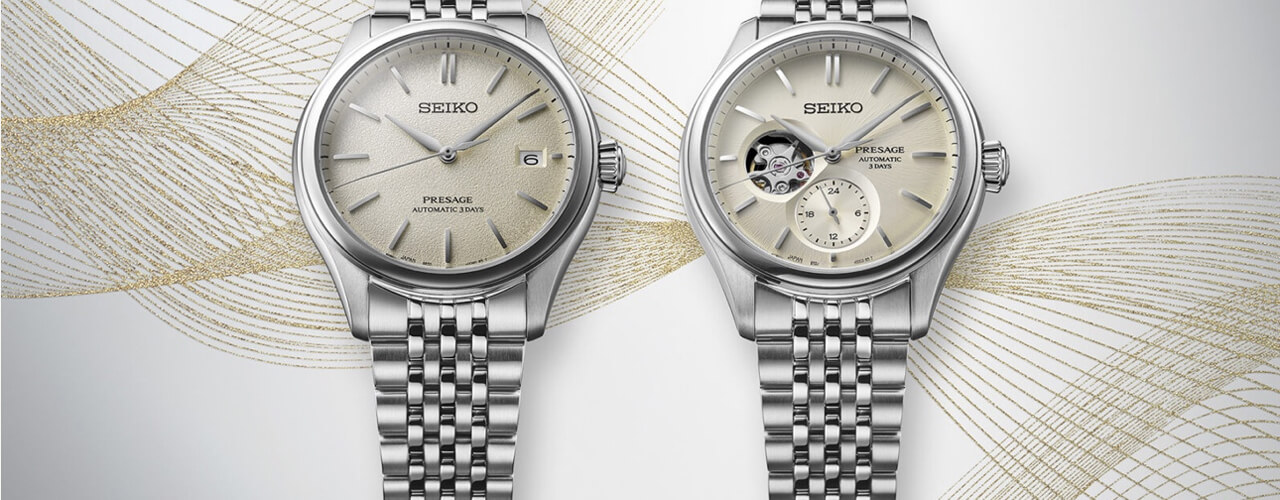
A new addition to the Presage lineup, the Classic Series uses the same design concept as the collection's many other successful models; all five releases are versatile dress watches with interesting dial patterns. Three of the five use a simple three-hand and date configuration. For these models, Seiko has opted to finish the dial with a grainy texture. According to Seiko, the pattern mimics Japanese textiles. The dial is also curved, and the indexes and hands are bent to match. Three colorways are on offer: the silver SPB463, green SPB465, and salmon SPB467. The remaining two releases feature a recessed small seconds sub-dial and an aperture revealing the movement. Both the silver-dial SPB469 and black-dial SPB471 feature a radial-brushed texture. All models share the same case. Made of hard-coated stainless steel, the case is water resistant to 100m and measures 40.2mm in diameter, 13mm thick, and 46mm from lug to lug.
Inside, the automatic caliber 6R55 (or 6R5J for the open-heart models) offers an impressive three-day power reserve and an accuracy of -15/+25 second per day. Unsurprisingly, the new series is significantly more expensive than the Cocktail Time watches in the collection; the three-handers retail for $950 while the open-heart references will set you back $1,125.
Presage Cocktail Time GMT
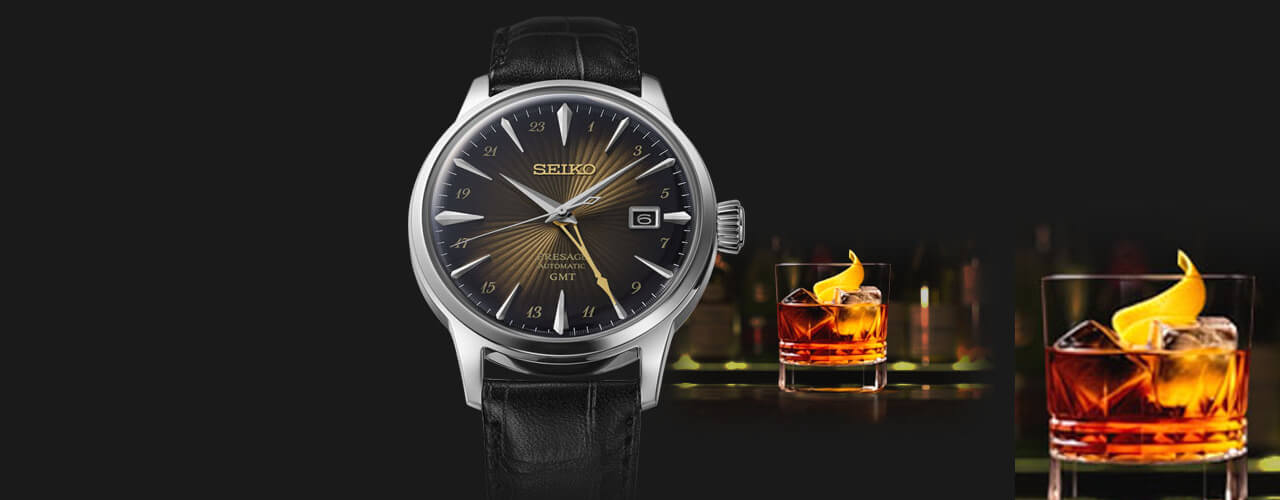
Seiko's Presage collection recently received another addition. The Cocktail GMT follows the familiar Cocktail Time formula, featuring a fully polished 40.5mm case, domed Hardlex crystal, and colorful, radial-patterned dial. In this case, there are three of these dials to choose from, each of which is inspired by a different cocktail. The dial of the SSK037 "Skydiving" is light blue, the SSK039 "Rusty Nail" features a gradient from brown to black, and the SSK041 "Acacia" uses a gradient from silver to pale yellow. Of course, the Cocktail Time is a dress watch, while the GMT function is more commonly associated with tool watches. Absent any rotating bezel to display a 24-hour scale, Seiko has nicely integrated 24-hour markers in between the large triangular indexes. The complication also adds height. The caliber 4R34 inside brings the thickness to 12.8mm. Built on Seiko's utilitarian 4R35, the movement features a power reserve of 41 hours and fairly crude finishing viewable through the display caseback. The 4R34 is an office GMT, meaning the 24-hour hand (and not the local hour hand) is set independently. The new models will be available in July for just under $600.
Six New Astron Models

Seiko's Astron collection houses solar-powered and GPS-enabled watches, meaning they charge themselves and can adjust to the local time zone at the push of a button. This year, Seiko introduced six new Astron models. All feature angular cases made of hard-coated titanium, integrated bracelets, and sapphire crystals.
The SSH151, SSH153, and limited-edition SSH157 are priced at $2,500, the black titanium SSH155 is $2,700, and the limited black-and-gold SSH156 will set you back $3,900. That's admittedly pretty steep for a quartz watch. However, for that money you receive an impressive amount of functionality. In addition to GPS technology, the models feature a chronograph, dual-time function, perpetual calendar, power reserve indication, and world time display. The case is fairly large, measuring 43.3mm in diameter and 13.4mm tall. The SSJ027, which only includes a perpetual calendar and power reserve indication, is slightly smaller at 41.2 by 12mm. The model is also less expensive, retailing for $2,200. The SSJ027 and SSH157 dual-time chronograph both feature striking light blue dials with a highly faceted pattern and are limited to 1,500 pieces. All will be available in July.
Write a Comment
Recent Posts
5 Brand Revivals to Watch
September 26, 2024
Will Audemars Piguet Continue to Grow under New Leadership?
September 6, 2024
The 5 Best High-End German Watch Brands
July 30, 2024
A Guide to Seikos New Releases
July 1, 2024
The Battle to Make the Thinnest Watch
June 27, 2024
The Limited-Edition Zenith Defy Zero G Sapphire
June 27, 2024
Watch Industry Trends in 2024
June 3, 2024
The Best Attainable High Complications
June 3, 2024
The Best Sector Dial Watches at Every Price
May 24, 2024
How To Choose a Watch
May 24, 2024
A Guide to TAG Heuers Latest Glassbox Chronographs
May 24, 2024
A Guide to Rolexs Releases from Watches and Wonders 2024
April 16, 2024
The Best Releases of 2024 So Far
April 9, 2024
Blancpain Finally Releases the Fifty Fathoms in 42mm
April 9, 2024
The Omega X Swatch Snoopy MoonSwatch
April 3, 2024
H. Moser & Cie Pioneer Tourbillon Midnight Blue
March 28, 2024
The Best Luxury Alternatives to the Royal Oak and Nautilus
March 22, 2024
The Best Affordable Integrated-Bracelet Sports Watches
March 20, 2024
A Brief Introduction to Microbrands
March 20, 2024
Omega Launches a White-Dial Speedmaster
March 20, 2024
How Do Affordable Watches Generate Hype?
March 15, 2024
The New Piaget Polo 79
March 15, 2024
Unique Complications You Might Not Know
December 8, 2023
The F.P. Journe Octa Divine
December 8, 2023
A Guide to Leather Watch Straps
September 22, 2023
The Biggest Tudor News in 2023
September 22, 2023
Should I Buy Used Watches Online or In-Person? Pros and Cons
September 21, 2023
An Overview of Rolex's New Releases
April 18, 2023
The Best Luxury Field Watches on the Market
March 24, 2023
The Unexpected Redemption of the Code 11.59
March 14, 2023
Submariner vs. Sea-Dweller: Which Should I Buy?
March 14, 2023
The Best of High-End Quartz
February 21, 2023
Watches from Movies and TV You Might Have Missed
February 10, 2023
The Richard Mille RM 030 Japan Limited Edition
December 30, 2022
THE GREUBEL FORSEY BALANCIER S CARBON
December 7, 2022
Rolex Explorer Watches
October 8, 2015
Rolex Daytona Cosmograph
October 7, 2015
Rolex Air King Watches
September 8, 2015
Insane Watches Worn By the Rich And Famous
July 10, 2015
8 Best Luxury Watches For Travel
July 10, 2015
MONTRES BREGUET: REINVENTING THE SOUL OF HOROLOGY
May 12, 2015





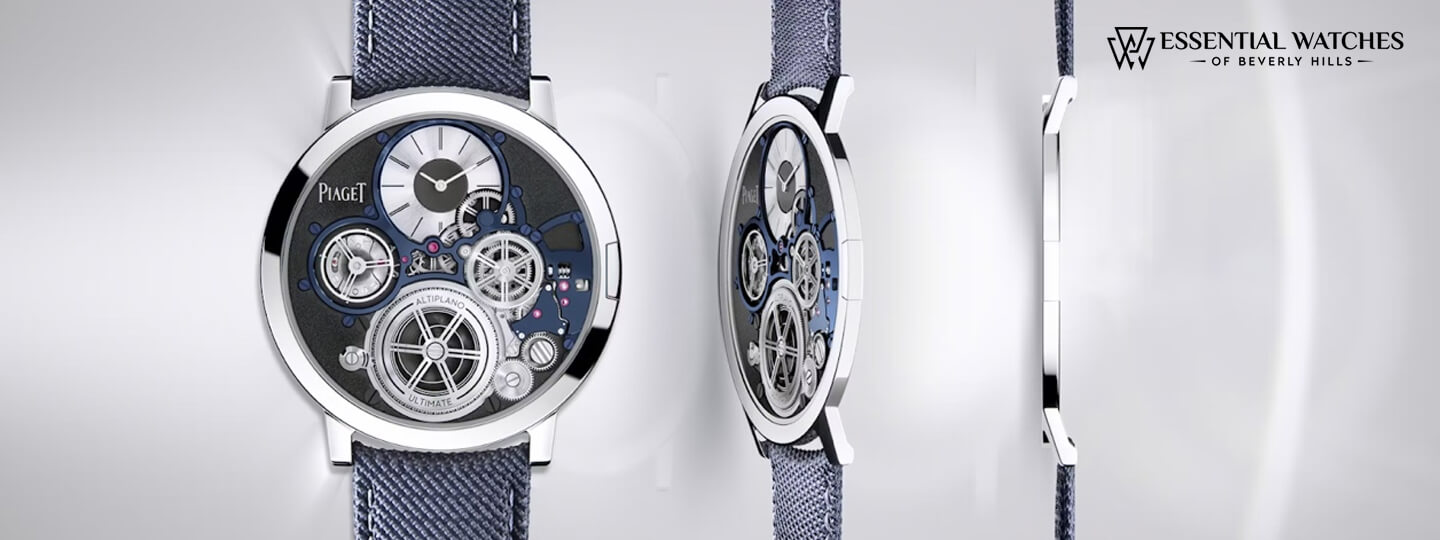







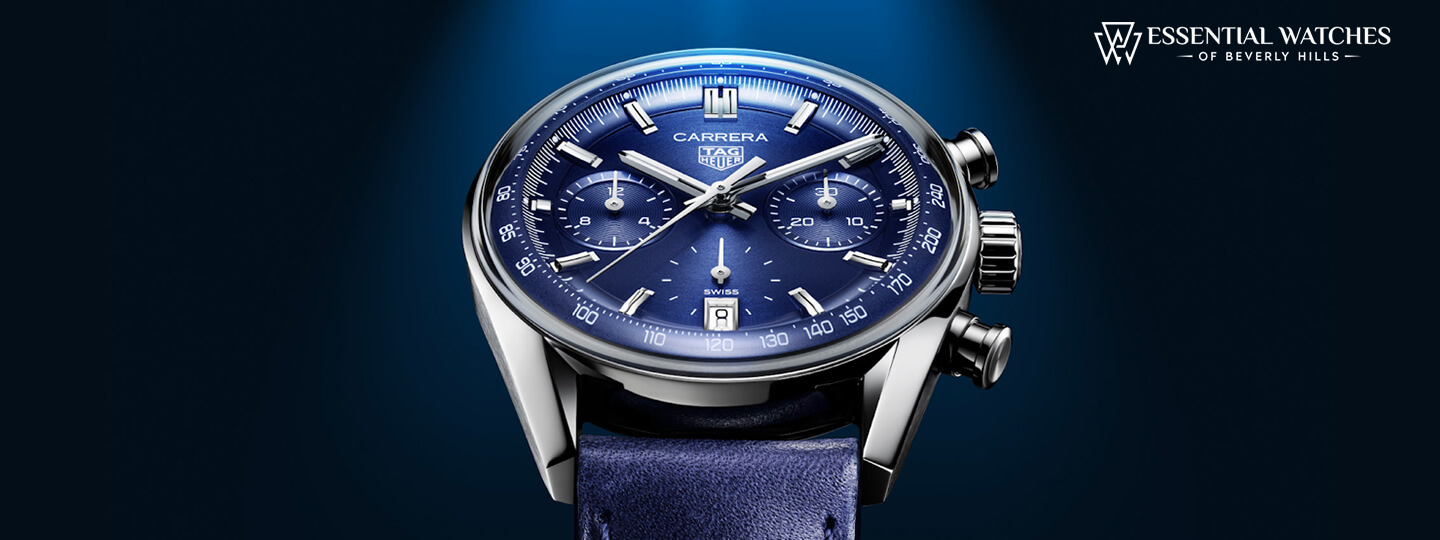



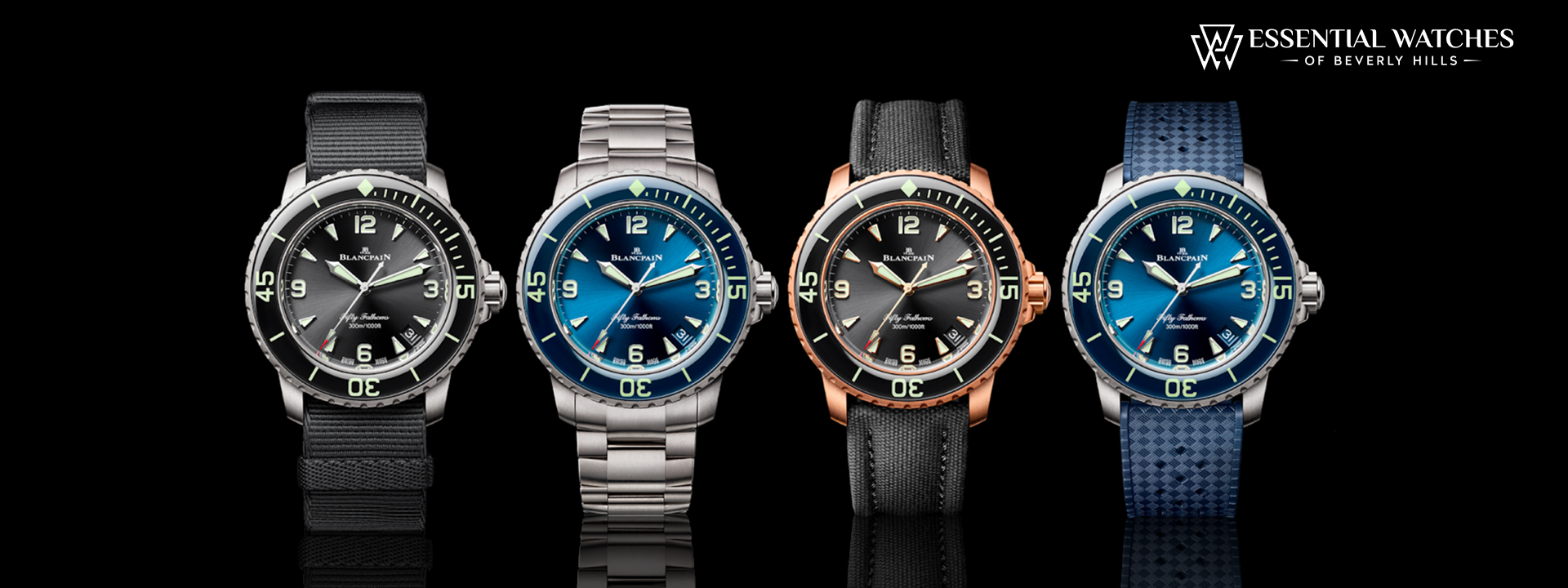

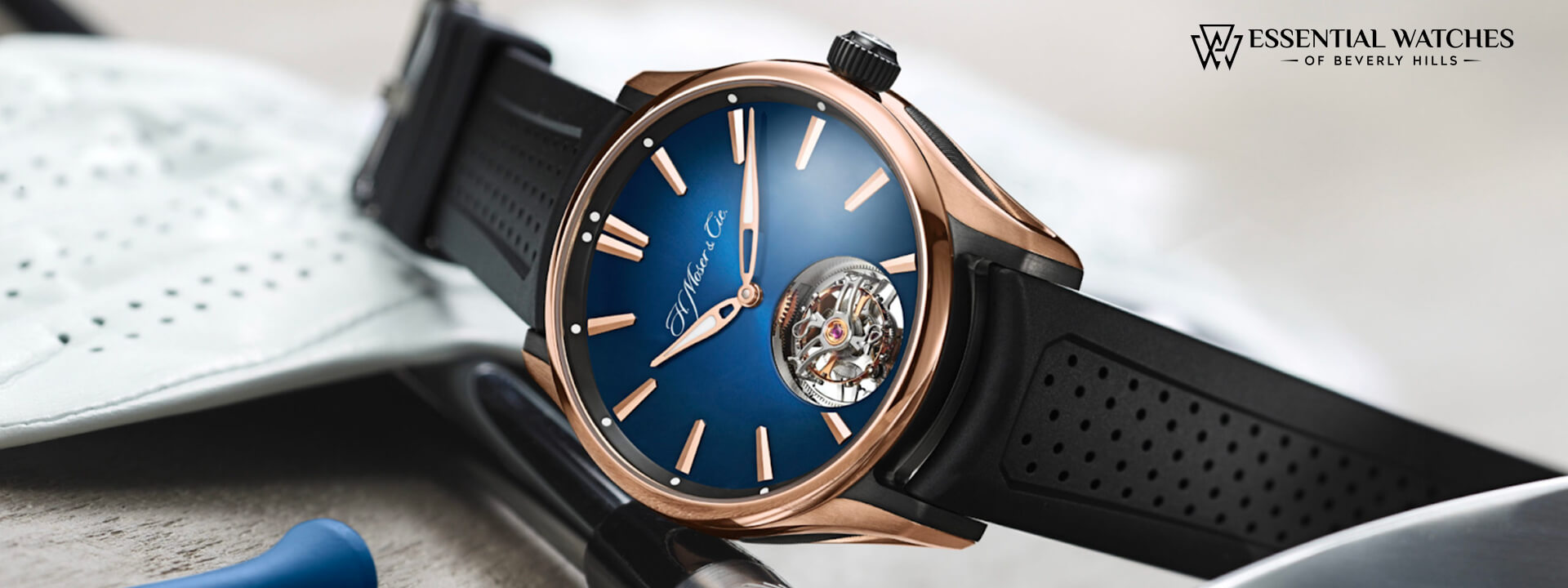





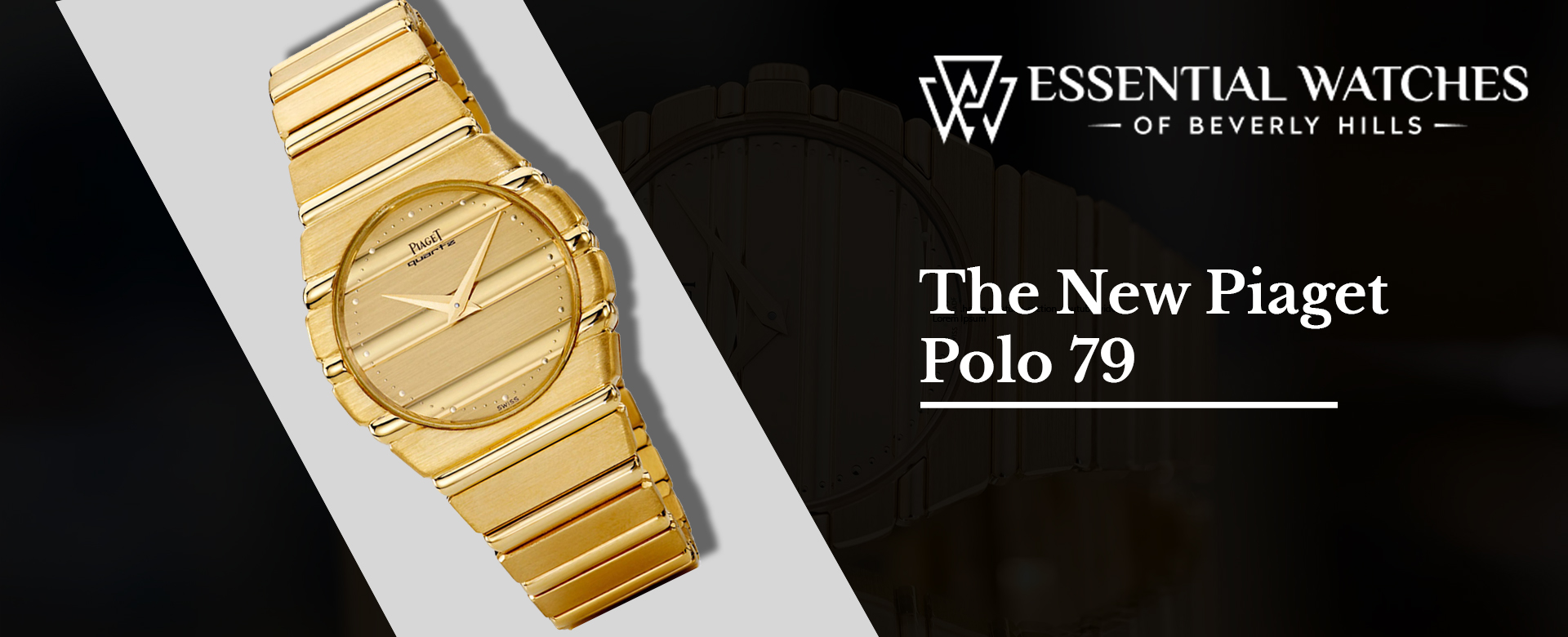










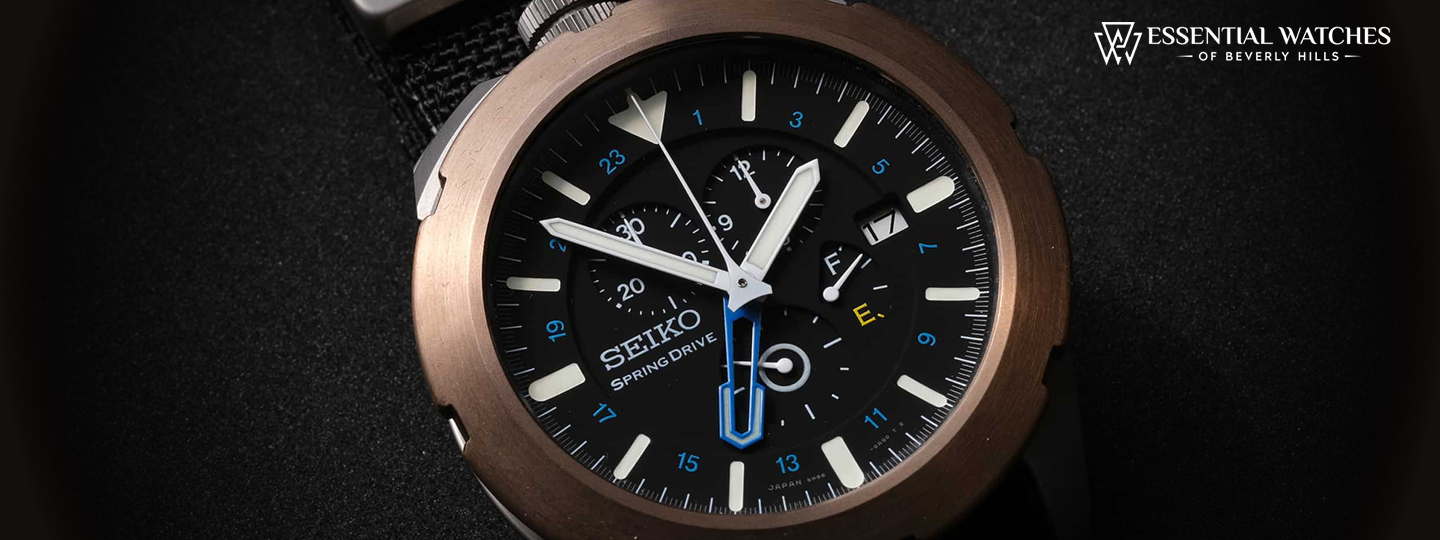


















0 Comments